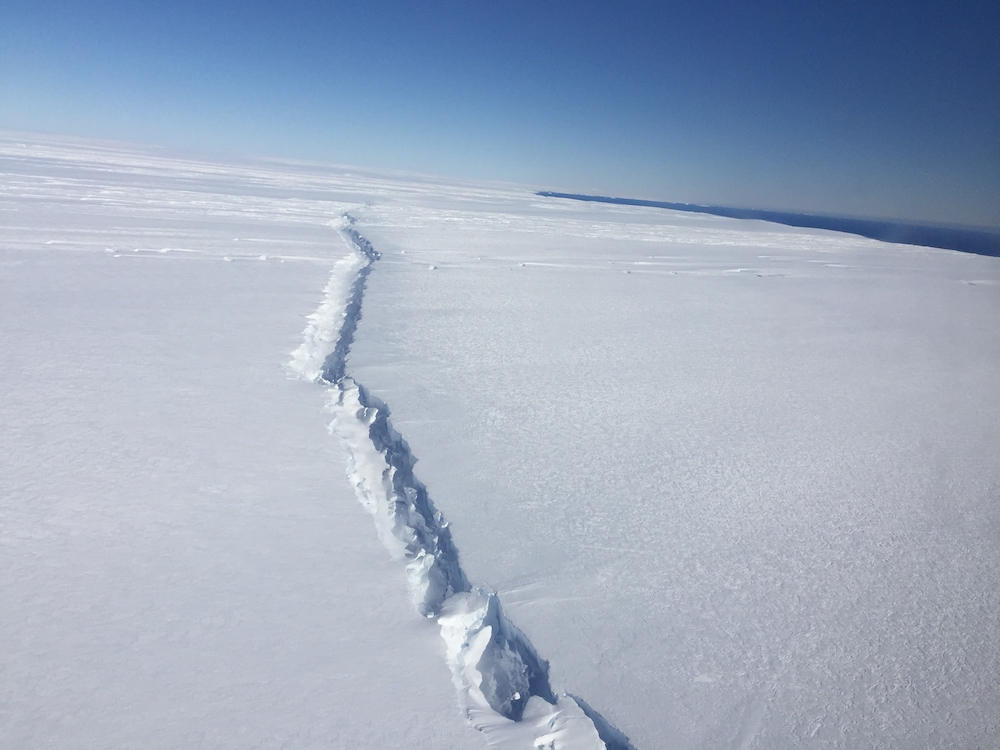Scientists Find Dozens of Hidden Earthquakes Buried Under Antarctica's Ice

Hundreds of hidden earthquakes may be buried beneath Antarctica's ice, new research suggests.
To prove that, nearly a decade ago, a team of scientists spent months flying around East Antarctica. Their results have finally been published, and they contradict an older established geologic hypothesis. [50 Amazing Facts About Antarctica]
Researchers used to believe that the weight of the massive ice sheets on the continent pin the crust beneath them in place, preventing it from moving. Even now, the U.S. Geological Survey's (USGS) website reportsthat the continent has uncommonly few quakes compared to other continents, though the USGS acknowledges that the handful of seismic sensors in the region might not be enough to pick up all the quakes. But the new results, published yesterday (June 4) in the journal Nature Geoscience, suggest that East Antarctica has just as many earthquakes as other, physically similar parts of the planet. [Photos: Diving Beneath Antarctica's Ross Ice Shelf ]
"Ultimately, the lack of recorded seismicity wasn't due to a lack of events but a lack of instruments close enough to record the events," lead author Amanda Lough, now an assistant professor in the Department of Biodiversity, Earth and Environmental Science at Drexel University in Pennsylvania, said in a statement. (Lough was a student at Washington University in St. Louis at the time she conducted the research.)
Lough and her fellow researchers traveled from point to point around the continent, setting up an array of sensors that detected 27 small earthquakes in 2009, ranging from magnitude 2.1 to magnitude 3.9. These quakes had never been detected before due to the challenges of doing any kind of research in the empty, cold place.
"That puts East Antarctica is a similar category to other "cratons" — large, stable chunks of rock in Earth's crust that form the core of tectonic plates — with rift systems, or places where the planet's stresses are pulling continents apart. The East Antarctic craton has a rift running through a region known as the Gumburtsev Subglacial Mountains, which run through the middle of the continent.
The researchers compared that region, in particular, to the Canadian Shield, a craton in North America that includes most of Quebec, and the East African Rift. East Antarctica's rift, they wrote, is moving very slowly, and is about 100 million years old.
Sign up for the Live Science daily newsletter now
Get the world’s most fascinating discoveries delivered straight to your inbox.
Originally published on Live Science.










